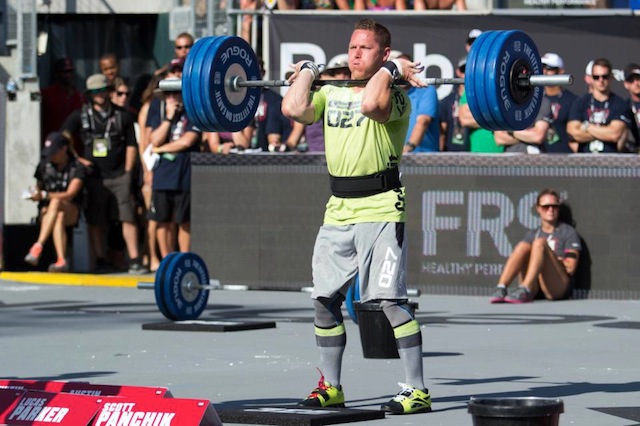
When it comes to top CrossFit Games competitors, very few can boast a CV like Matt Chan.
Since 2008, the 34-year-old from Denver, Colorado, has competed in every single CrossFit Games, finishing in the top 10 on four occasions.
Chan’s journey through CrossFit started nearly a decade ago, when he picked up the sport in the hope of becoming a better firefighter.
While he has never been crowned the ‘Fittest Man on Earth’, Chan has been one of the most consistent Games performers, claiming 4th place in 2010 and was runner-up in the most competitive year yet – 2012.
Now, with his CrossFit commitments taking over, Chan is happily retired from the fire service.
The Rx Review caught up with Matt Chan this week to find out more about his unique CrossFit journey.
In the following interview, Chan tells us more about his decision to quit firefighting, talks about his training and diet regime, and discusses his expectations for the 2013 CrossFit season.
Well first of all Matt, can you tell me a bit about your background in sport?
I grew up swimming competitively in Illinois since I was 5. I practiced once or twice a day until I went to high school and I didn’t really compete in any other sports. When I graduated from high school, I started playing water polo in College.
When I first got to College, I started on the swim team for a little bit, but then decided I didn’t want to swim as an individual anymore and wanted to try water polo.
So that means you would have enjoyed the first workout at Camp Pendleton at the 2012 CrossFit Games?
Well I enjoyed the swim, but that’s about it! I’d never run in my entire life until I started CrossFit, so I found the rest of that event pretty tough.
It was an 800-meter swim and then an 11,000-meter run. So obviously it would have helped to be a better runner (laughs).
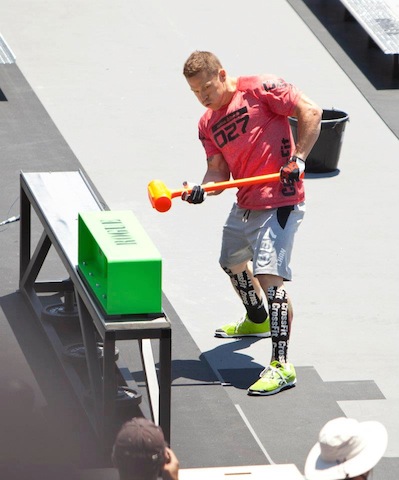 Now let’s talk a bit about your career before CrossFit. You were a firefighter for almost a decade. Can you tell us a bit about that and how it helped with CrossFit or vice versa?
Now let’s talk a bit about your career before CrossFit. You were a firefighter for almost a decade. Can you tell us a bit about that and how it helped with CrossFit or vice versa?
I was a firefighter for 8-years, 3 of which I was a volunteer up in the mountains, and then 5-years as a paid, career firefighter in the Denver Metro area.
I actually started CrossFit because of firefighting. I had a fairly good strength base as far as being able to bench, do pull-ups, push-ups and stuff like that, and I also had fairly good stamina. But as soon as I put on the firefighting protective gear, like my bunker gear and my breathing tank, I just got spanked. So I stared searching for ways to improve doing stuff like that and then I found CrossFit.
What I found interesting about firefighting is that it exposed me to more labour intensive tasks, like using a sledgehammer and using an axe. Basically controlling an external object in a dynamic plain. So I think that played into my development as an athlete a little bit, but I would say it was really the other way around – I became a better firefighter because of CrossFit.
When did you decide to leave firefighting to concentrate on CrossFit?
In 2011, CrossFit Verve was flourishing, (and it still is) and the thought had crossed my mind that I would like to do that full-time. I had also been training for CrossFit headquarters one or two weekends a month as part of their seminar staff, and that was going very well too. So I was torn between the two worlds of doing CrossFit, both at the gym and at headquarters, or firefighting.
I gave it some thought in 2011, and decided I really wanted to focus on the CrossFit Games in 2012. So I actually asked for a year sabbatical, or a leave of absence, in October 2011, and I got turned down.
But I needed to make a decision, so around December I decided that I would pursue CrossFitting full-time so in January I retired as a firefighter.
Do you think you could have done that if the sport hadn’t grown so much in the past three years?
I think CrossFit is emerging as a sport that is accessible to all athletes, both competitive athletes and amateur athletes. I think CrossFitters, as well as the rest of the world, can appreciate what we do and it has become a spectator sport as much as it is a competitive sport.
Because people like to watch CrossFit, it gives athletes on the elite level the ability to then perform their sport in front of people. And that’s what gets us paid – the exposure to the world.
Do you think you have improved as a CrossFitter since retiring as a firefighter?
Yes, absolutely. The recovery aspect alone made it worthwhile to retire. Firefighting is a business where you can’t anticipate when you have to work. Many times you’re working when everyone else is sleeping, and then you’re still at work the next day!
I’ve worked 48-hour shifts before where I’ve been running on empty and I still had to work all day. And when you feel like your shift is almost up, and you get to go to sleep, but you still have to work. So it’s a business where the hours are long and sometimes the recovery is minimal. It requires days to recover from each shift, so my training suffered because of that.
I think by retiring, I was able to recover more and keep a higher level of output on a daily basis of training.
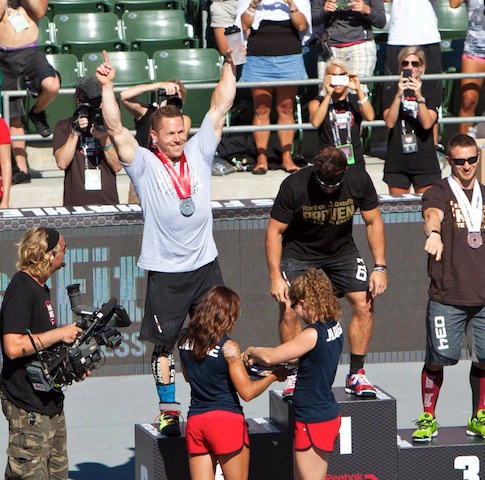
Chan on the podium
Let’s talk about the 2012 CrossFit Games where you finished 2nd. Were you happy with your performance?
Absolutely. I mean I’d love to ask for first place but I was striving to get on the podium this year. That was my goal.
I’d figured it was achievable. I had finished top ten in four out of the past five years and I wanted that podium spot as I’d never quite made it. I came fourth in 2010 and that was the closest I had come and I am very, very happy with how I did in 2012.
Of course, there are a few elements that I need to improve on for next year. I got my ass handed to me in the O-Course event, and I’m always working on my handstand push-ups. Those two events (O-Course and MedBall/HSPU) set me at the bottom of the pack this year, which definitely affected my points at the end of the Games.
Now that the dates have been set for next years CrossFit Open, how has your training changed?
It’s changed quite a bit. In fact, right now I’m actually recovering from a bit of a knee injury. Both knees are a little injured right now.
What I’ve done is actually take quite a bit of time off. I’m focusing on recovering so that I can have a better year in the long run, by just taking it a little easier right now.
I’m almost 35-years-old. I’m 35 in February and I don’t have the ability to push it for as long as many of the younger guys like Jason Khalipa and Rich Froning do. I can’t handle that volume, so right now I’m doing just regular old CrossFit while focussing on my weaknesses. I’m not necessarily worrying about where my times are, or where my loads are at, I’m just exercising. But as the Open gets closer and closer, that’s when I’m going to start turning in and out.
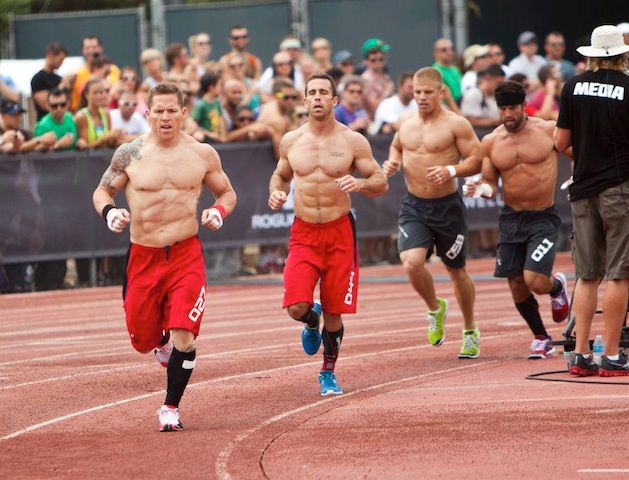
Can you give us an idea of what a typical training week consists of for Matt Chan?
Yeah, so in the off-season I stick to a five days a week schedule where I work out on Saturday and Sunday after seminars, and then on Tuesday, Wednesday and Thursday at home. I like to keep a consistent schedule where I have two days to recover.
Typically, my workouts will all be in a single 1-2 hour session. Usually once a week I’ll go heavy and finish with some accessory work and a small met-con.
So an example might be one, two or three rep maxes on front squats, then I’ll do a little bit of accessory work like glute/hamstring raises or maybe a few sets of reverse hyperextensions. Then I’ll finish off with a complimentary met-com to kind of keep the juices flowing.
The second day I might work on a gymnastics skill, both before the workout and during the workout. Typically a third day might be a longer day with a longer duration workout, usually longer than 20-minutes. It can be anything from a lengthy run, or something like ‘Cindy’.
And I always work a minimum of one run every week. That doesn’t have to be a standard 400-meter or 800-meter style run. It can be something like running the stairs at Red Rock Stanford Theatre in Morrison; it could be a track run, a stair run, or a trial run, as long as it is some variation of a run.
But other than that, if someone asked me how I characterized my training, I would characterize it as doing CrossFit.com workouts with a focus on my weaknesses.
How do you approach your diet?
Again I have an off-season and an in-season approach. I do The Zone, which is weighing and measuring my foods and balancing my macronutrients to achieve a hormonal balance.
I also try to have quality food sources for all of my meals, so typically that comes in the form of unpackaged foods like fruits, vegetables, meats, nuts and seeds. But I don’t get that out of shape if those foods aren’t available for me, or I’m unable to measure the foods.
During the off-season, which for me is until January 1st, I give myself some leeway. I have one, two, maybe even three cheat meals a week and I allow myself to be human. But as soon as my training gets serious, my diet gets serious too. I stick to those quality food sources and I weigh and measure my food at about 20 blocks a day. Then as my volume increases and I start introducing maybe two workouts a day, I will eat more.
So as the volume goes up in my strength and condition program, the volume of my food goes up as well.
Now we hear you’ve recently signed on with the high performance supplement maker AltrientTM as a spokesperson – how did that come about?
AltrientTM approached me and said that I fit the profile of the athlete that they are looking for. They liked the way I conducted myself on the Games floor, and they liked that I take my diet and exercise very seriously. So they asked me to give their product a try and to see if it was a good fit for me, and then we could talk about sponsorship.
So I did, I took their Altrient C and Altrient ME products for about two months.
And what were your thoughts on Altrient C and Altrient ME?
I used to take Vitamin C in a pill form, anyway. I took about 2-grams per day, but what I found was, by taking AltrientTM’s Liposome Encapsulated Delivery (LED) Vitamin C, my immune system would not let up. I did not get sick. Despite the amount of travel I did, the lack of sleep and the exposure to bacteria, I didn’t get sick.
I also liked that I was recovering a little faster from workouts. My muscle tissue didn’t feel quite as fatigued the next day.
When I consider a product, I consider whether there are benefits in taking it. Their product really worked for me.
So I’m now an AltrientTM-sponsored athlete.
Do you think AltrientTM has been a big part of your training/recovery and diet?
I think you can get most of the nutrients that you’re looking for through your diet. If you address your micronutrients such as Vitamin C and other vitamins and minerals through a quality diet, 99 percent of the population will be just fine.
But I’m not in that 99 percent; I’m one of the 1 percent, as are many other CrossFitters. When you’re beating your body down on a consistent basis, recovery becomes a major issue that needs to be recognized. There are certain vitamins, minerals and supplements that can be very helpful in maintaining a high workload and I found that Vitamin C is one of those things. So AltrientTM was a good match for me.
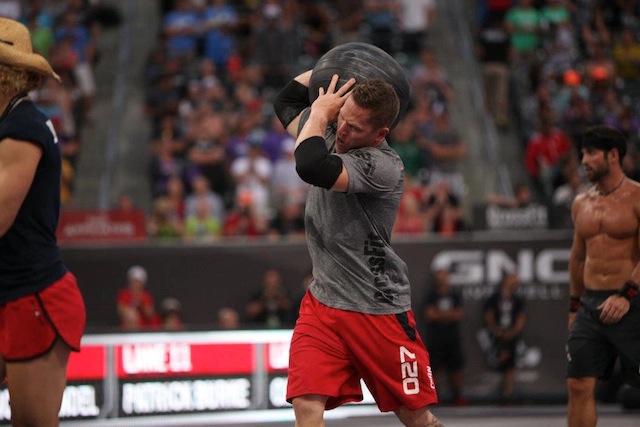
Now you’re a bit of a CrossFit veteran, competing at 5 of the 6 CrossFit Games. How have you found the Games change over your 5-years as a CrossFitter?
Well, initially I think the 2007 and 2008 games were a gathering of sorts, more so than a competition that people train for. Then in 2009 we began to see athletes training for the CrossFit Games.
The 2009 Games were hard. There was more volume than any other Games before, and that allowed CrossFit to allow a broader spectrum of work capacity.
What I found was, not only did I have to train more movements because of the number of workouts we were having, but I also had to train with a higher workload of volume. That really changed the CrossFit Games from 1-2 workouts a day, to now essentially 3-4 workouts a day. And your recovery and nutrition become serious issues when you have more volume and more workload.
The 2010, 2011 and 2012 CrossFit Games have all progressed along those same lines. Each year the organisers are stepping up the difficulty, not only in skill, but also in loading. Athletes are now expected to do movements that previously wouldn’t have even been imaginable.
We see ring handstand push ups, we see 150-pounds being thrown over your shoulder, we see major sub depth push ups and many of these things wouldn’t have been dreamed as possible in 2008 and 2009.
Now, what it requires is an anticipation of what is possible, what we can do. I think athletes who have a capacity to perform the biggest and baddest movements are going to do very well at the CrossFit Games, because of the exposure to those movements.
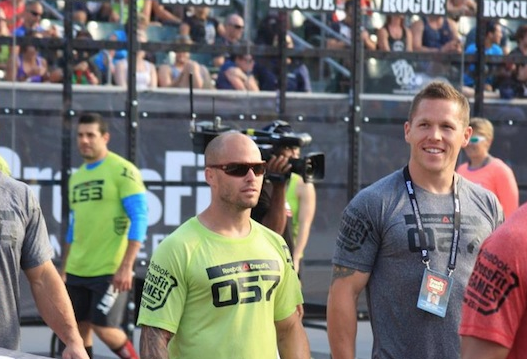
Chan and Spealler walk out
Chris Spealler, who has competed at every single CrossFit Games, recently said he’s retiring from sport. Is there any sign of retirement for Matt Chan?
First, let me say that I don’t buy that Chris has retired this year. I think that we will see him in both the Open and the Regionals, and quite possibly at the Games next year.
In terms of myself, the minute my body tells me to take a year off, or that I’m no longer able to compete at the level required to perform at the CrossFit Games, that’s when my days are done as a CrossFitter, as an individual anyway.
This year was kind of an eye opener for me. I’ve had some serious knee injuries over the past 6-months and I’ve had to take a lot of time off. Fortunately I’ve recovered really well and I expect to be competing at the highest level again in 2013.
But I don’t necessarily feel like I have to hurt myself in order to feel like I have done a good job as a CrossFitter. I have competed at 5 out of 6 CrossFit Games. Out of 4 of the Games, I have finished top ten and I have taken a podium spot in the most competitive year so far in 2012. I’m perfectly happy with how I have done.
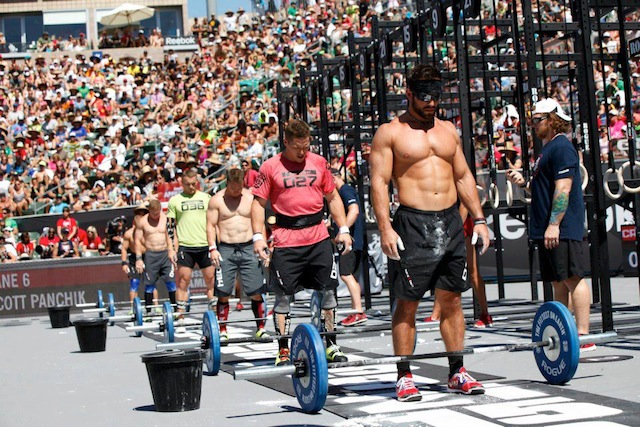
Image Courtesy CrossFit Inc
Who are the main competitors in 2013?
I think Rich Froning, obviously being a two-time winner, he is a force to be reckoned with every year. I think Jason Khalipa, if he addresses running this year; I think he will certainly be on the podium. If he does not, I don’t think he will be on the podium. And I think there are a number of other athletes that will come out of the woodwork in 2013.
I know that CrossFit is a game of accumulating time under tension. Each year athletes are accumulating more time under tension with the movements that give us the most capacity, and the athletes are getting better and better each year, so anybody can pop out of the woodwork.
Where would you like to see CrossFit in the future?
One thing that’s important for me is that people recognise that CrossFit is not just the CrossFit Games. I do CrossFit because the repercussions in achieving a high level of fitness in the gym, means I am able to have a high level of fitness outside the gym. I can go mountain biking, climbing, skiing, you name it.
Any sport that I might want to compete in, my fitness is the vehicle that allows me to achieve or participate in it. I think people get wrapped up in being inside the gym, when in reality I would like to see people outside the gym, improving their fitness outside of the gym.
People should realize that the CrossFit Games is an amazing achievement, and I fully support every athlete in their pursuit of that. But I would like to see more of these athletes applying their fitness outside of the gym, and I would encourage people to do that, to pursue outdoor sports and show the world what CrossFitters are able to do outside the gym.






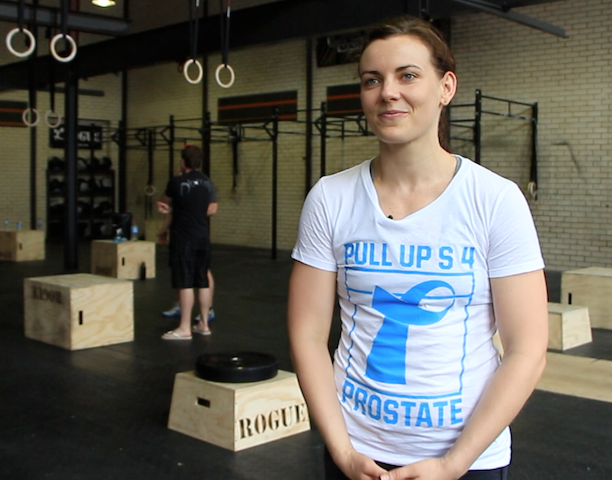
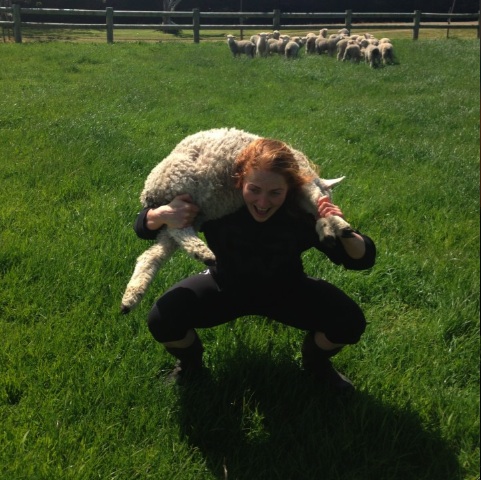


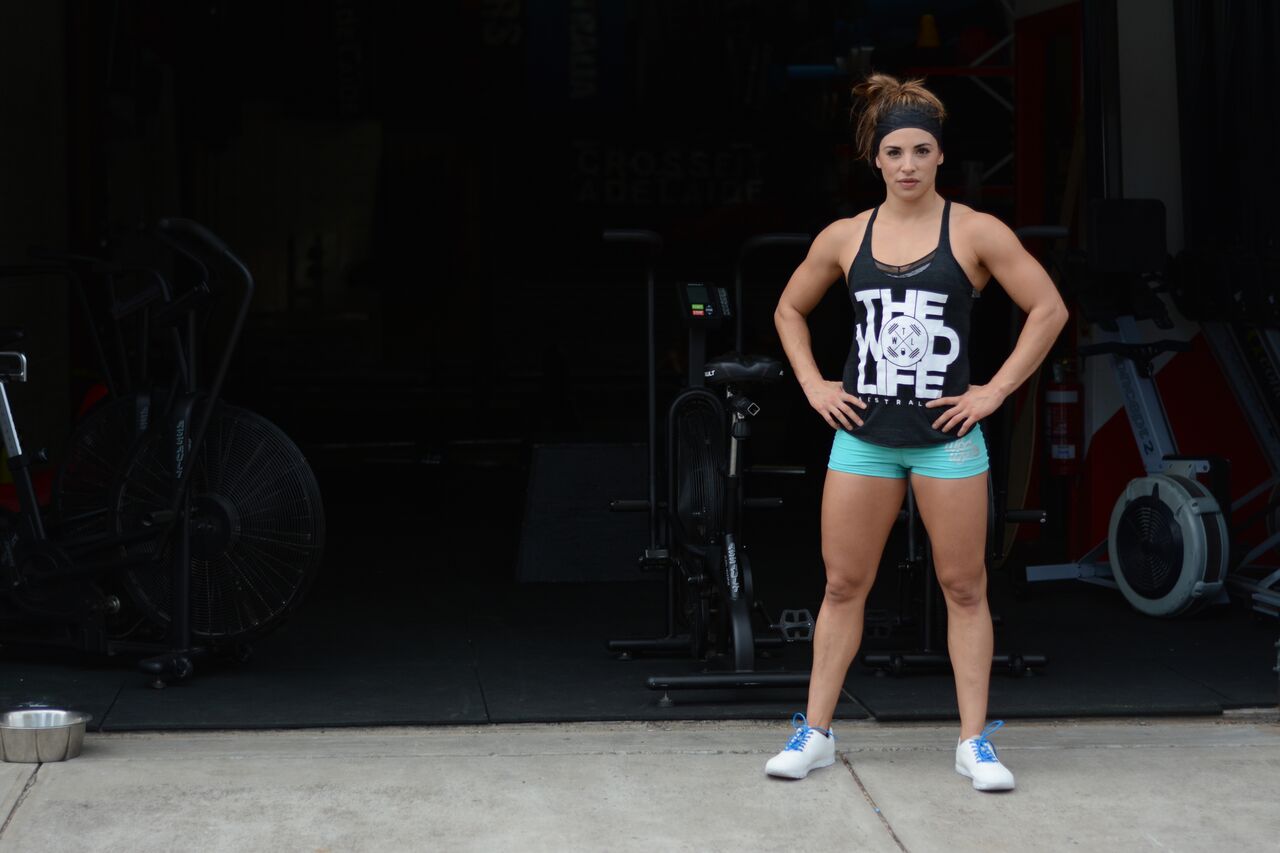
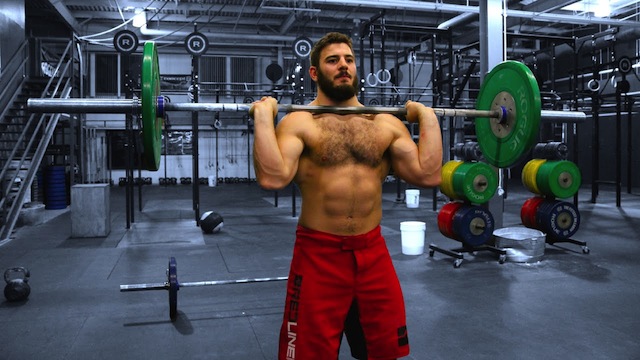
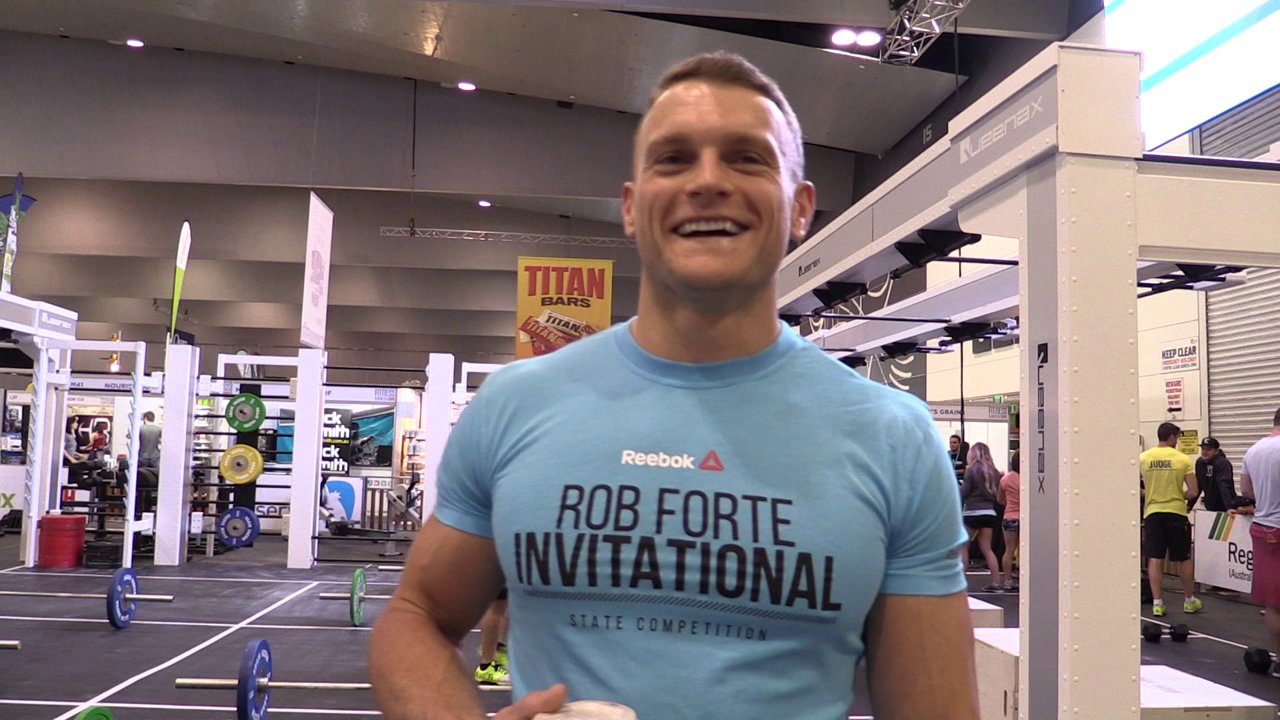
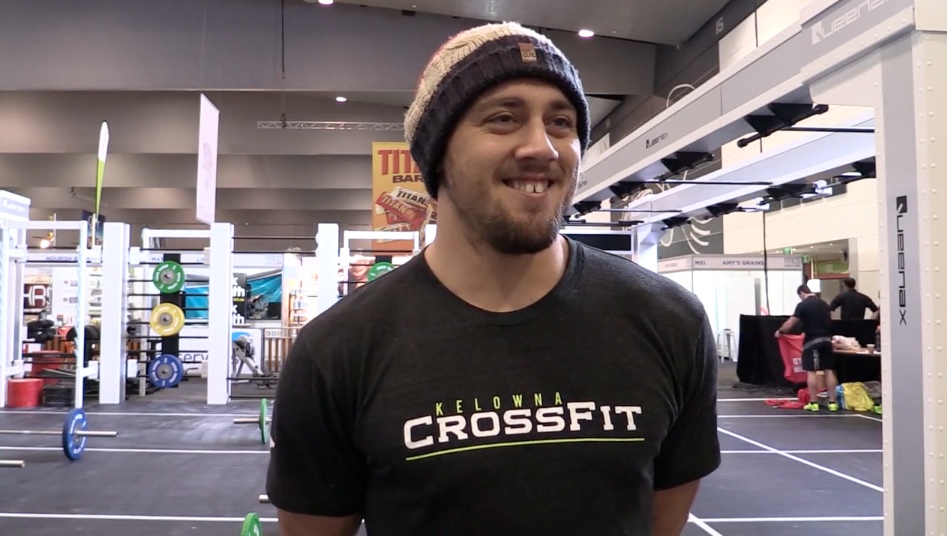
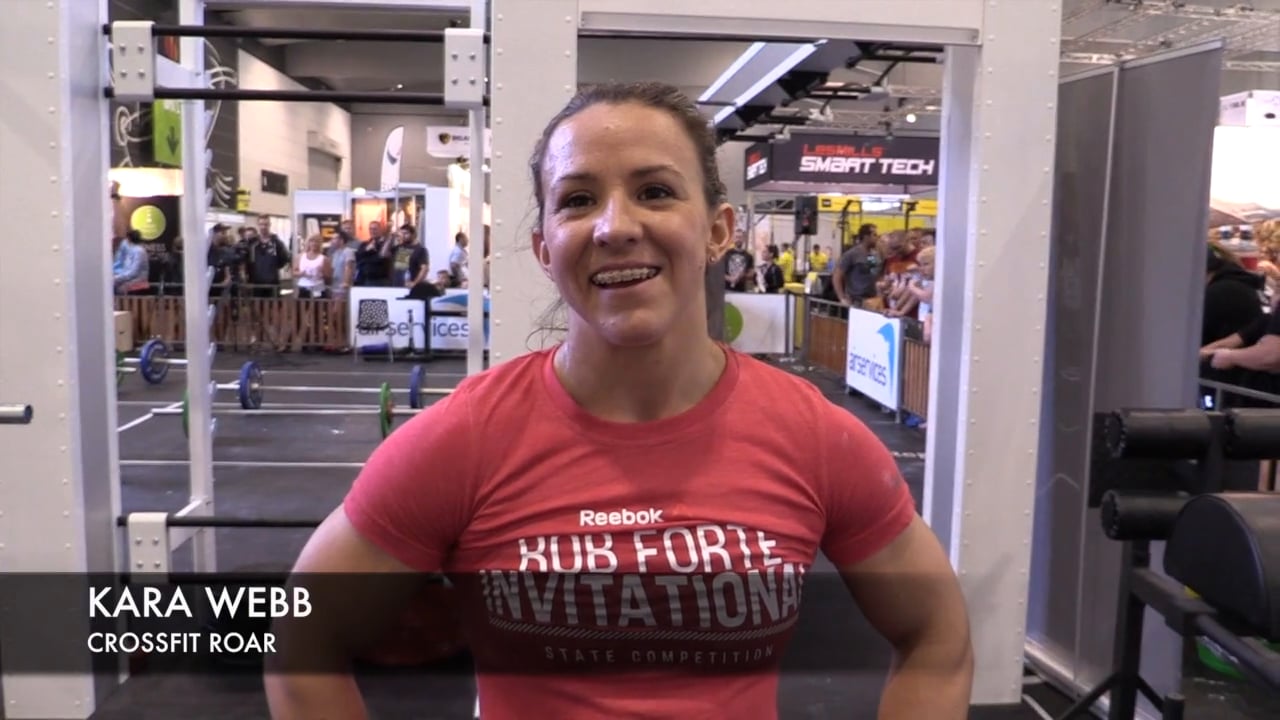
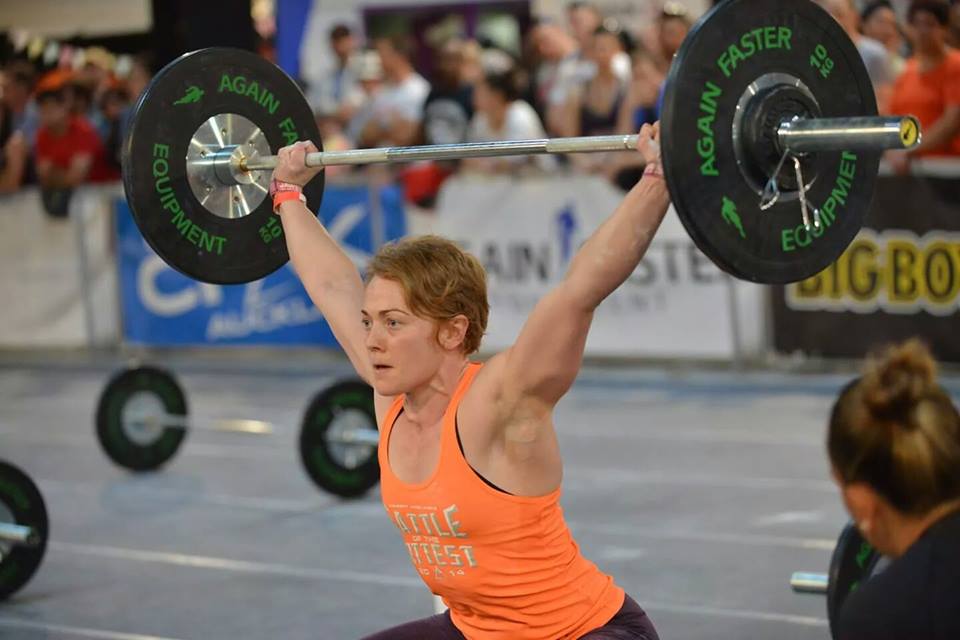
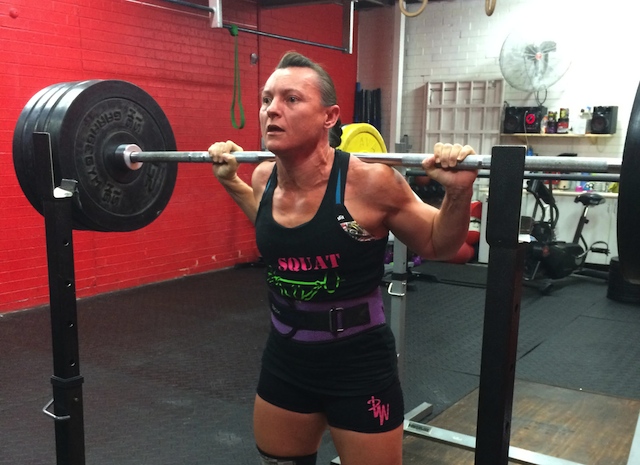
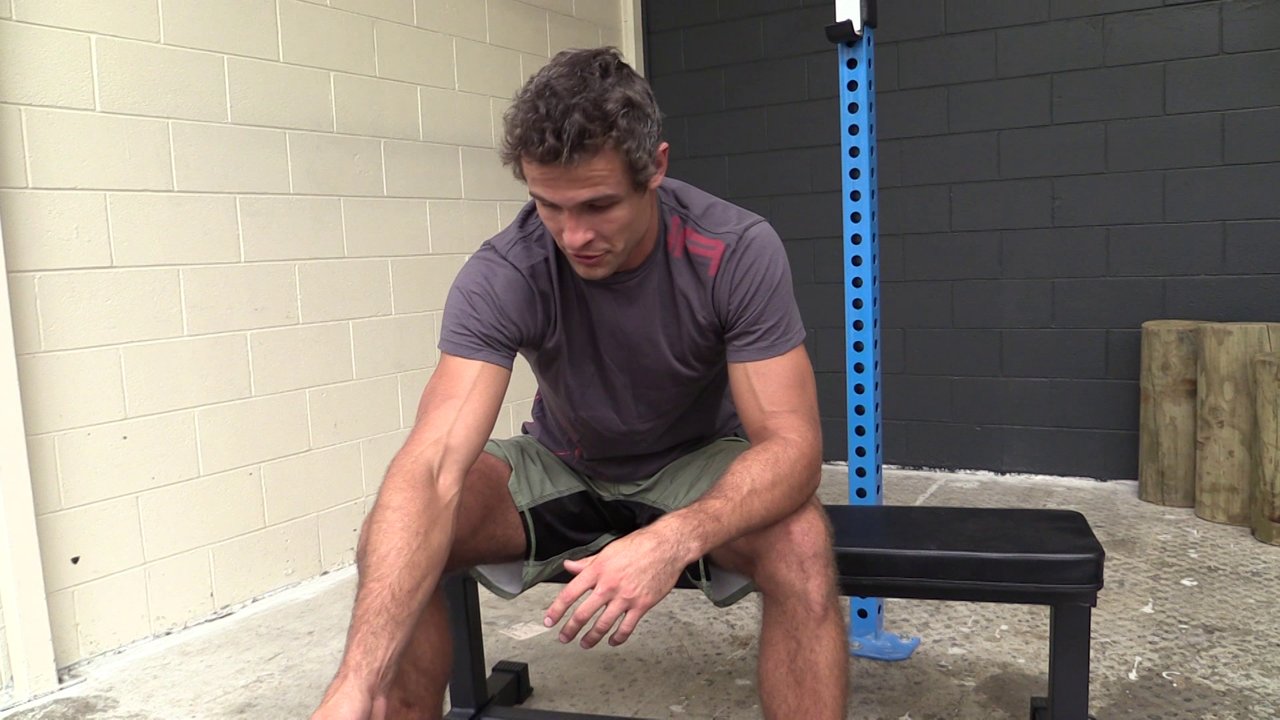
Follow Us